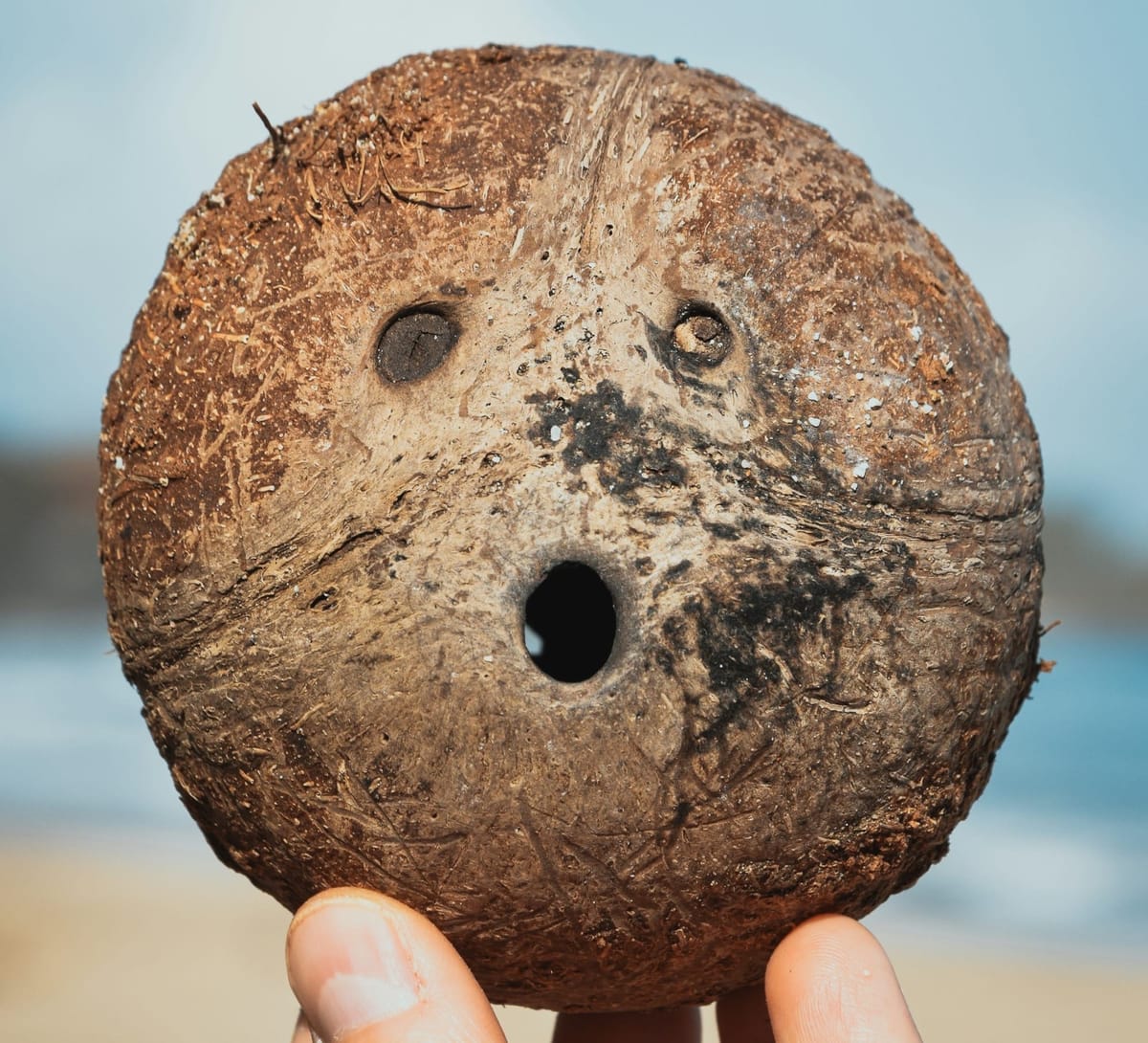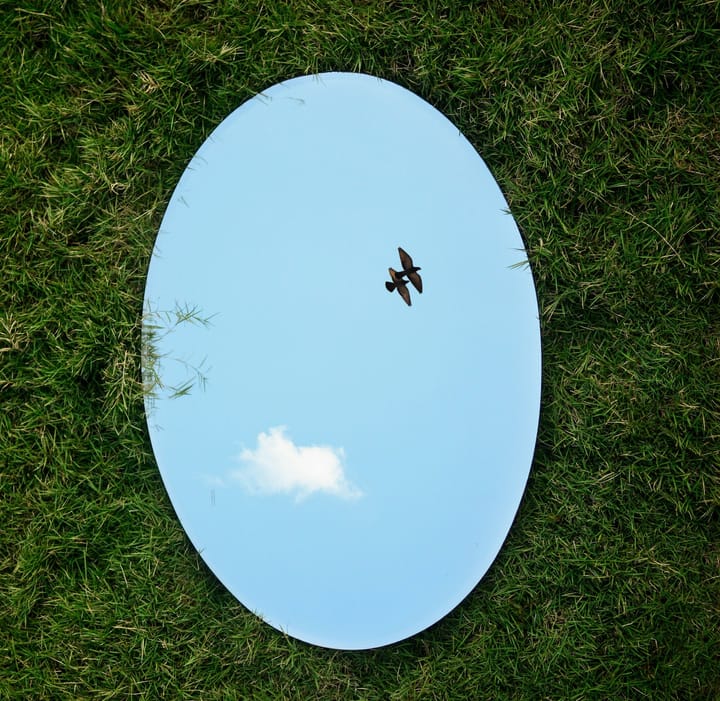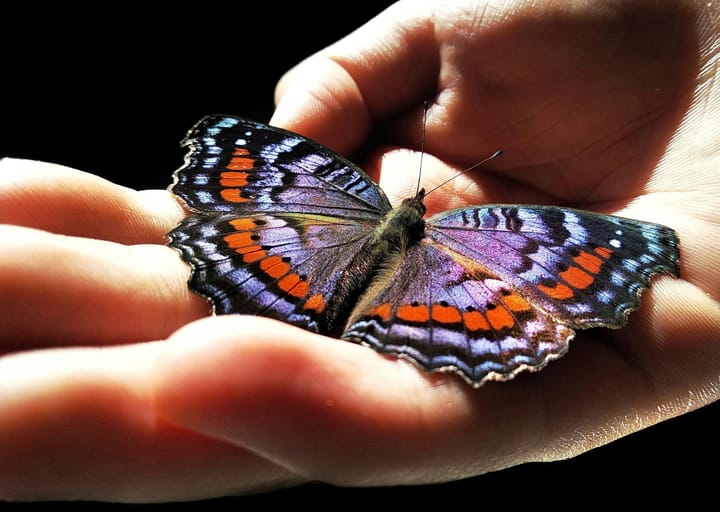Beneath the palm trees: Why your next coconut could be a headache

In some Pacific Islands, around 15% of head injuries are due to coconut-related incidents. This surprising fact highlights an overlooked cause of traumatic brain injury.
The Case
In a notable case, a 54-year-old woman was struck on the head by a coconut while at a coconut plantation.
Following the incident, she experienced vomiting and a nosebleed but was conscious when she arrived at the hospital, although she struggled to communicate clearly. A CT scan revealed bleeding in her brain, particularly in the corpus callosum (CC), the area that connects the brain's two halves.
On the second day of her hospital stay, a repeat CT scan showed that the hemorrhage had doubled in size, measuring about 3.5 cm × 1.0 cm × 1.5 cm. Unfortunately, her condition was also marked by expressive aphasia (problems with speech) and a drop in consciousness level. The doctors suspected this decline was due to increased intracranial pressure. So, they kept her under careful watch.
Her treatment included oxygen therapy and a powerful diuretic called mannitol to help reduce the swelling of her brain. On the third day, she regained full consciousness and was able to communicate effectively, a positive sign of her recovery. She ultimately left the hospital with a plan for follow-up care.
The coconut
This case underscores that head injuries from coconuts can be as serious as those from more common causes, such as car accidents.
The weight of a coconut (about 2 to 4 kg) and the height of the trees (up to 30 meters) mean that when a coconut falls, it can cause significant injuries.
To put this into perspective, an object weighing 3 kg falling from 30 meters can generate an impact force of approximately 1,470 Newtons. That’s like being hit in the head with a small bowling ball!
So, the next time you find yourself lounging under a coconut tree, it might be wise to consider a hard hat instead of just a beach hat. It’s a friendly reminder that sometimes, the most surprising threats can come from above.
After all, while coconuts may look harmless swaying in the breeze, they have the potential to turn a sunny day into a trip to the hospital with more than just a sunburn.
About the scientific paper:
First author: Hanan Anwar Rusidi, Indonesia.
Published: Journal of Trauma and Injury. March 2024.
Link to paper: https://www.jtraumainj.org/journal/view.php?number=1294




Comments ()